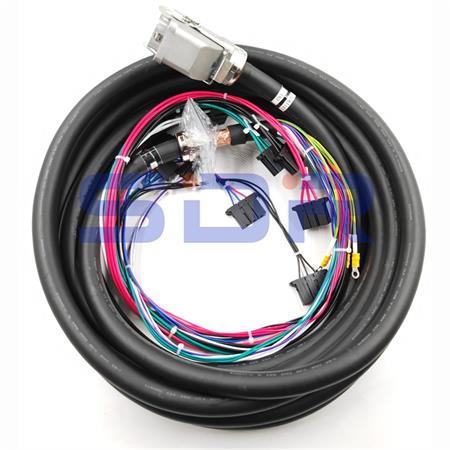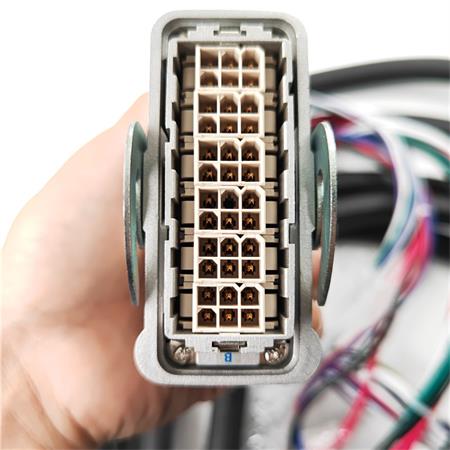Robotics has reshaped industries with its automation prowess, and OTC robots stand out in this landscape. A pivotal component within these robots is the POWER CABLE. In this article, we unravel the significance of OTC Robot Power Cables, elucidate their functions, delve into maintenance practices, and explore optimization strategies.Power cables form the lifeline of OTC robots by delivering the energy required for their operations. These cables connect the robot to its power source, facilitating the transfer of electrical energy necessary to drive the robot's motors, sensors, and various components. Understanding their role is crucial in ensuring seamless robot performance.

Power cables serve as conduits for electrical energy from the power source to the robot's internal systems. This energy powers the robot's movement, actuators, and computing components.Properly insulated and shielded power cables mitigate the risk of electrical hazards, ensuring operator safety and preventing damage to the robot due to power-related issues.Stable and consistent power supply through these cables ensures smooth robot operation, preventing sudden interruptions or erratic behavior during critical tasks.
Regularly examine power cables for signs of wear, cuts, or exposed wires. Early detection of damage can prevent electrical mishaps or performance degradation.Verify that cable connections are firmly secured and well-maintained. Loose connections can lead to power fluctuations or disconnections, affecting robot functionality.Shield power cables from environmental factors like moisture, chemicals, and mechanical stress. This protection prolongs cable life and sustains reliable energy transmission.Ensure that power cables are rated to handle the temperature conditions in their operating environment. Excessive heat can degrade cable insulation, while extreme cold can make cables brittle.

Choose power cables that are appropriate for the robot's power requirements, taking into account factors like voltage, current, and cable length.Properly route and manage power cables to prevent tangling, stress, and strain during robot movements. Cable management solutions can enhance cable longevity.Periodically test power cables for continuity and insulation integrity. This preventive measure can identify potential issues before they lead to operational disruptions.When upgrading or modifying robot components, ensure that power cables are compatible with the new setup. Aging or damaged cables should be promptly replaced.
In conclusion, OTC Robot Power Cables are vital links that sustain the energy flow powering robot functions. Careful maintenance practices and strategic optimization measures are essential for ensuring uninterrupted robot operations, operator safety, and overall efficiency. By adhering to these practices, industries can harness the full potential of OTC robots and maximize their contributions to automation and productivity.